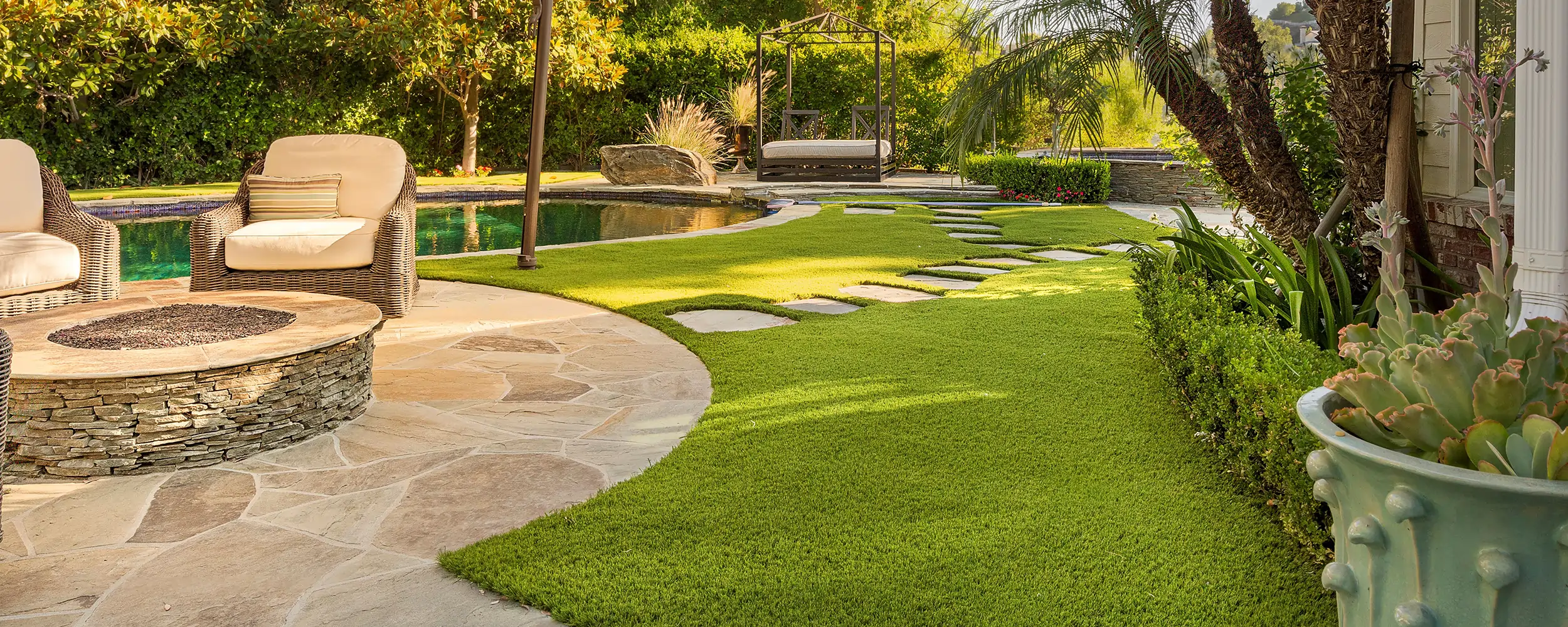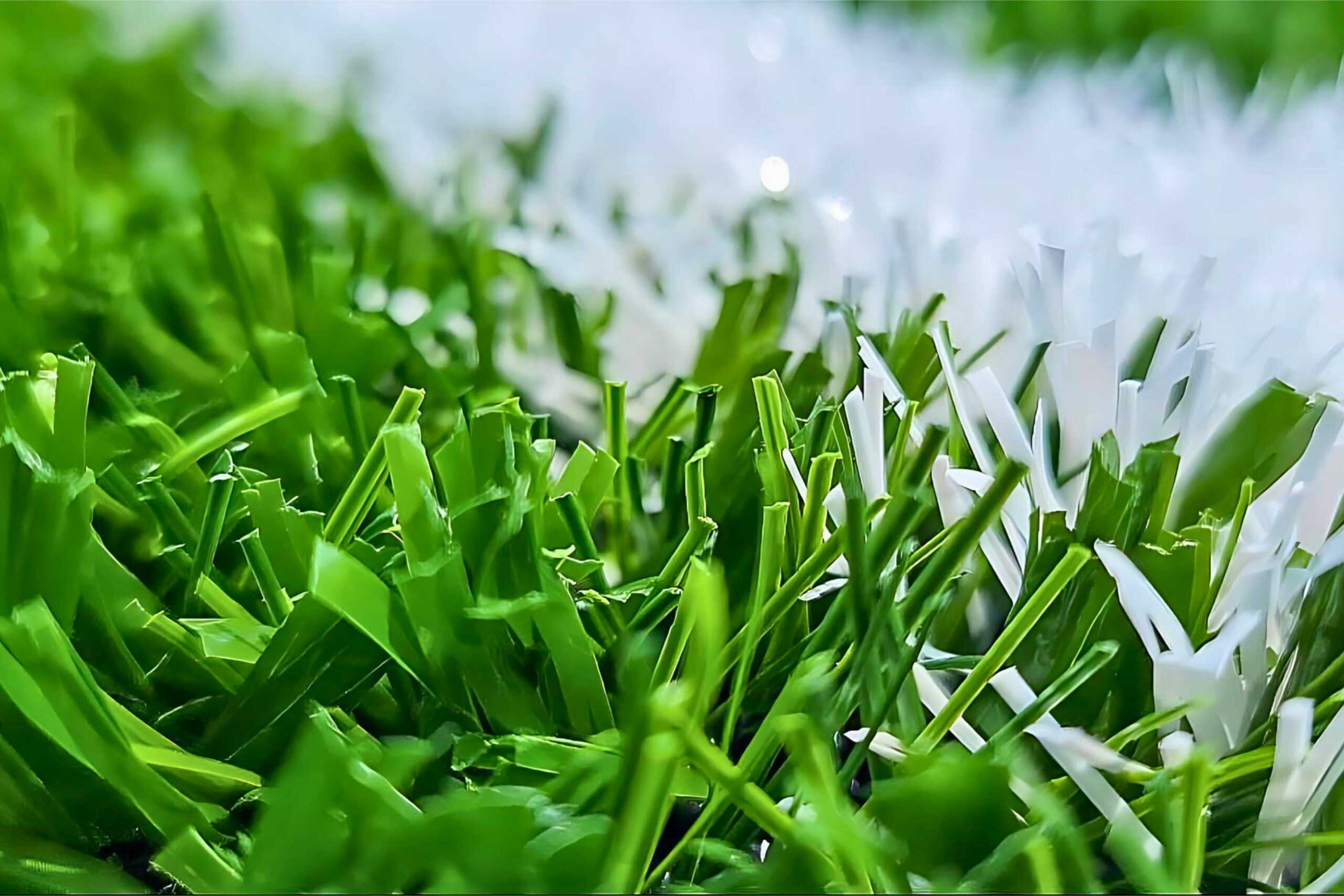Premium Arizona Turf Solutions for a Stunning and Green Landscape
Premium Arizona Turf Solutions for a Stunning and Green Landscape
Blog Article
Look Into the Environmental Conveniences of Opting for Synthetic Grass Solutions
The adoption of man-made grass remedies presents a compelling possibility to attend to pressing environmental challenges. By dramatically reducing water use and minimizing the application of unsafe chemicals, these choices not only promote sustainable landscape design however also shield local environments.
Water Preservation Perks
One of the most substantial benefits of synthetic grass is its capacity to conserve water. Traditional turf lawns call for considerable irrigation, especially in locations vulnerable to dry spell or water constraints. In comparison, man-made grass does not need watering, dramatically minimizing the total demand for water sources. This function is particularly valuable in deserts where water deficiency is a pushing issue.
By eliminating the need for regular watering, fabricated lawn adds to lasting landscape practices and helps reduce the environmental effect of excessive water intake. Moreover, the conservation of water encompasses the decrease of drainage, which can bring about soil erosion and waterway contamination.
Furthermore, the installment of synthetic grass allows towns and homeowners to allot water sources much more effectively, concentrating on essential uses such as drinking water and farming. The change towards synthetic grass not only promotes accountable water usage but additionally lines up with broader environmental goals aimed at preserving natural deposits.
As neighborhoods progressively prioritize sustainability, the water preservation benefits of synthetic grass offer a compelling case for its adoption in domestic and commercial landscaping tasks.
Minimized Chemical Use
The transition to artificial turf substantially reduces the reliance on chemical therapies frequently used in all-natural yard maintenance. Traditional lawn monitoring typically entails the application of fertilizers, pesticides, and herbicides to promote development and control pests. These chemicals can present risks to human wellness, regional wildlife, and the setting, contributing to soil and water contamination.
In comparison, synthetic grass eliminates the requirement for these harmful compounds. As soon as set up, it needs very little upkeep, mainly containing normal cleaning and irregular infill replenishment. This decrease in chemical usage not only benefits the immediate setting but additionally contributes to wider environmental security. By decreasing the launch of artificial substances into the environment, artificial grass promotes much healthier soil and water supply.
Furthermore, the lack of chemical drainage linked with synthetic grass installments aids shield local waterways from contamination, supporting aquatic life and maintaining biodiversity. Arizona artificial turf. As areas significantly focus on lasting methods, choosing synthetic grass presents a feasible solution that straightens with environmental conservation goals. Through this change, homeowner can take pleasure in lush green spaces without compromising environmental health, leading the way for a more lasting future
Lower Carbon Impact

Additionally, the installation of synthetic grass can lead to substantial water preservation. Natural yards need substantial amounts of water for irrigation, which not only adds to the carbon footprint connected with water extraction and treatment but also strains regional water sources. In contrast, synthetic grass needs marginal upkeep, requiring no watering, consequently dramatically lowering water use and its linked power prices.
In addition, the longevity of find out here synthetic grass adds to its reduced carbon influence. With a life-span of up to 15 years or more, the need for regular replacements is diminished, resulting in much less waste and lower energy usage in manufacturing and dealing with conventional yard options. On the whole, fabricated turf offers a sustainable alternative for ecologically conscious landscaping.
Environment Preservation
Habitat conservation is a find out this here critical consideration in the discussion over landscape design selections, especially when contrasting synthetic turf to natural turf. Natural grass lawns commonly need considerable maintenance, consisting of using herbicides, pesticides, and plant foods, which can detrimentally affect regional ecological communities. These chemicals can seep right into the dirt and waterways, hurting indigenous plants and fauna and disrupting regional habitats.
On the other hand, synthetic grass provides an opportunity to lower the ecological impact of landscaping. By going with artificial turf, property owners can lessen the disruption of all-natural habitats related to standard lawn care methods. Synthetic grass removes the need for dangerous chemicals, consequently shielding close-by wildlife and keeping the honesty of bordering ecosystems. Furthermore, the installment of synthetic grass can result in the conversion of former turf locations into even more biodiverse landscapes, such as pollinator gardens or indigenous plant locations, which can support regional wild animals.
Eventually, the shift to synthetic grass not only saves water and lowers maintenance initiatives but also promotes an extra harmonious relationship between human activities and the all-natural atmosphere, advertising environment conservation in the process.
Long-Term Sustainability
Long-term sustainability is a crucial variable in examining the benefits of fabricated grass over traditional yard lawns. Among one of the most considerable advantages of synthetic grass is its longevity; it can last up to 15-20 years with minimal upkeep, whereas all-natural grass calls for frequent reseeding and substitute. This long life reduces the demand for continuous resources, such as water, plant foods, and pesticides, which are important for preserving a healthy and balanced grass yard.
Furthermore, synthetic grass adds to a reduction in carbon exhausts related to grass treatment tools. Traditional lawns often call for gas-powered lawn mowers, trimmers, and blowers, every one of which add to air pollution. Turf installation phoenix az. On the other hand, synthetic grass eliminates the need for such equipment, advertising a cleaner environment
In addition, the manufacturing of synthetic grass progressively utilizes recycled products, boosting its sustainability profile. As producers embrace eco-friendly methods, the environmental impact of artificial grass proceeds to lessen.

Verdict
The adoption of synthetic grass solutions presents significant environmental advantages, including considerable water preservation, lowered reliance on damaging chemicals, and a lower carbon impact. Furthermore, synthetic grass help in protecting natural environments by decreasing land disruption and promoting long-term sustainability through the use of durable products. Collectively, these factors emphasize the potential of synthetic grass to contribute positively to ecological health and offer a feasible option to typical landscaping methods in a significantly resource-conscious globe.
In contrast, synthetic turf does not require watering, like it substantially decreasing the total demand for water resources. By decreasing the launch of artificial compounds into the ecological community, synthetic lawn promotes healthier dirt and water systems.
Furthermore, the setup of synthetic lawn can result in considerable water preservation. In comparison, artificial grass needs marginal maintenance, needing no watering, thereby dramatically decreasing water use and its associated power costs.

Report this page